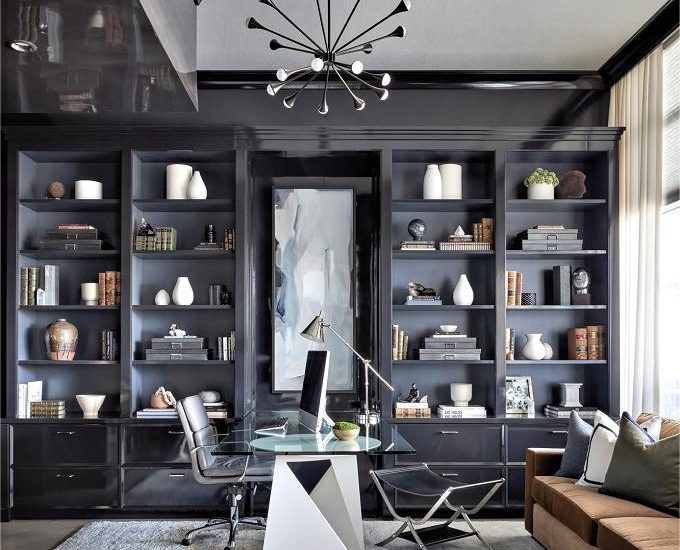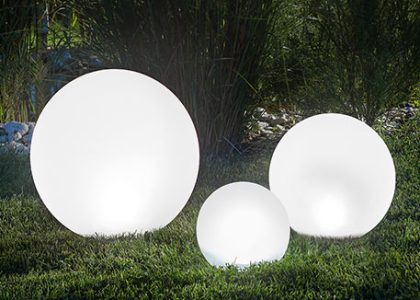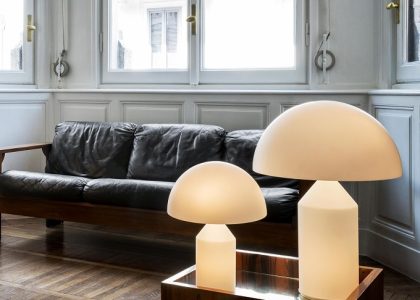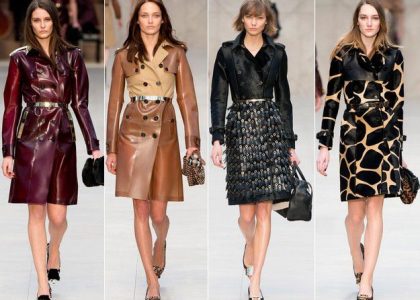
Spiral light fixtures are constructed of bronze bands that contain irregular geometric voids. These irregularities forced structural engineers to develop a custom-coded programming routine to take section cuts from the 3D model at 1-in. increments and export them to Excel as geometric properties. These properties were then used in analysis calculations. Yigolighting
Bronze bands
The bronze bands on spiral light fixtures contain irregular geometry and material voids. To analyze these irregularities, structural engineers used a custom-coded programming routine that took section cuts of a 3D model in one-in. increments and exported them into an Excel spreadsheet for further analysis. The result was a model that could accurately represent the material and its properties.
The oil-rubbed bronze finish accents the stylish appearance of the fixture. The steel body is constructed with an opaque acrylic lens that provides maximum light diffusion. The bronze finish is compatible with an LED dimmer switch. The energy consumption of this light fixture is about $1.81 per year based on three hours of usage. The light produced is warm white with a 950-lumen output. It uses just thirty-watts of energy.
Glass tubes
Spiral light fixtures are popular in many cultures and can be used as a decorative feature in many rooms. In many cases, these fixtures include glass tubes made of a special material that is used to spirally encircle and illuminate objects. This material can be formed in many ways. One way involves using torches to heat the glass tube. This method is referred to as annealing.
The annealing process involves heating the glass tube so that its thickness and shape can be controlled. In this process, the glass tube is rotated while being heated to achieve a desired degree of annealing. Achieving a desired level of annealing temperature is essential to the final shape of the glass tube.
Incandescent halogen bulbs
There are two primary types of bulbs available: incandescent and halogen. Incandescent lamps have a fixed wattage, but halogen bulbs have a longer life and use half the electricity. Halogen lamps are generally more energy efficient, and they are also good for accent lighting. Halogen bulbs are often used in film productions and stadiums. They also give off a very bright light and work well in security lights. However, the frequent on and off cycles can shorten their lifespan.
Halogen bulbs are also more expensive than incandescent bulbs. A 75-watt halogen bulb will cost $4, compared to 65 cents for an incandescent bulb. Halogen bulbs have lower lumen-per-watt than standard fluorescent bulbs, and can be more expensive than compact fluorescent lamps and other types of bulbs. In addition, halogen bulbs are sensitive to the oils in our skin, and this could shorten their life.






